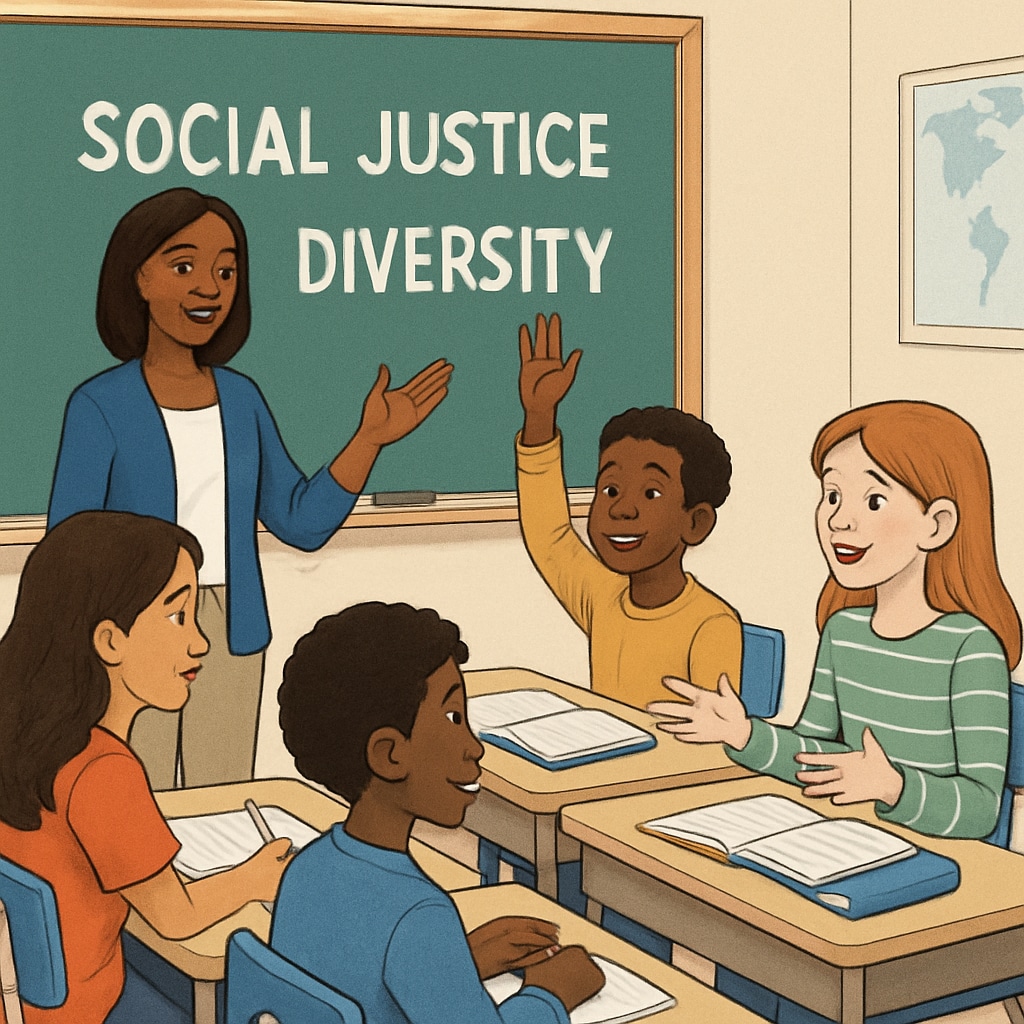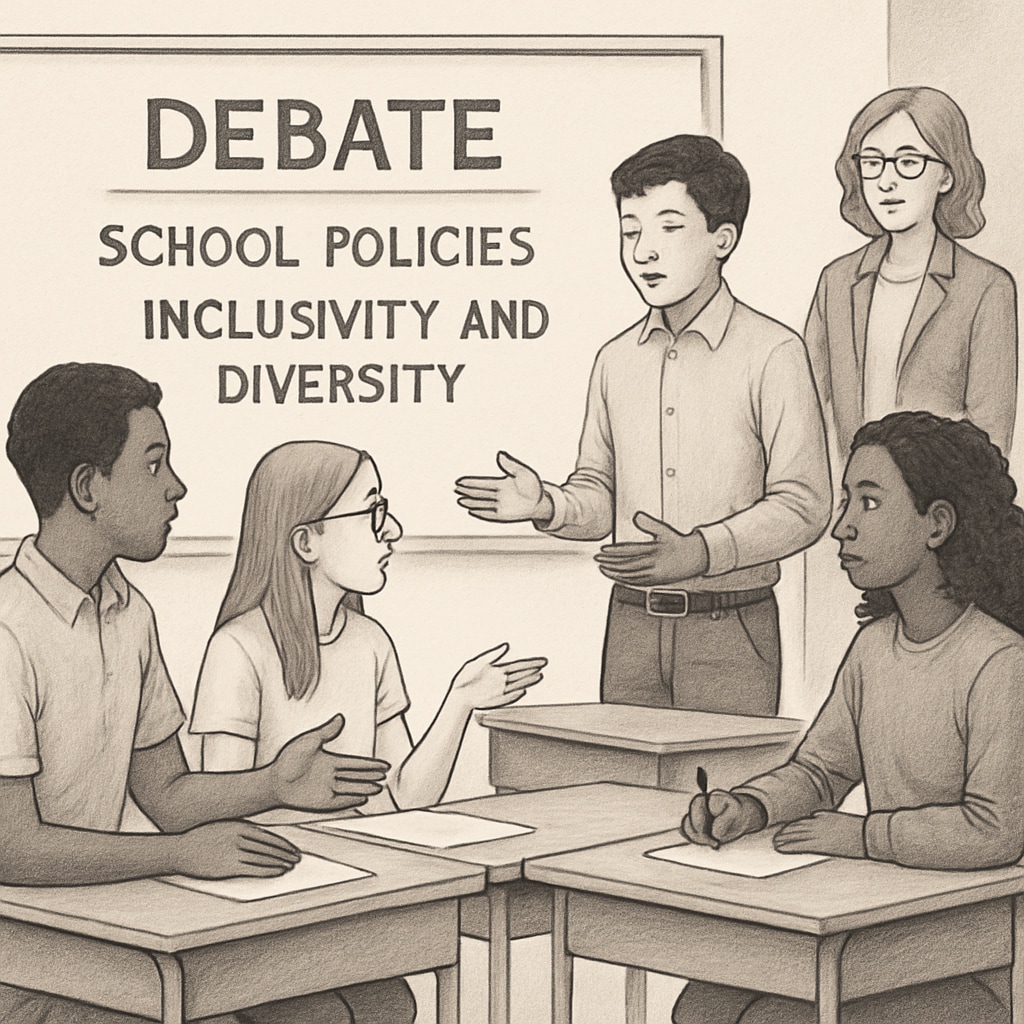The concept of “wokeness” in schools has sparked significant debate in recent years, particularly within K-12 education. As political ideologies increasingly influence campus culture, students are finding themselves in the middle of discussions about diversity, equity, and inclusion. This article explores how “wokeness” in schools affects students’ perspectives, revealing their complex reactions to a rapidly evolving educational landscape.
What Does “Wokeness” Mean in Schools?
“Wokeness” refers to heightened awareness of social issues, particularly those related to race, gender, equality, and justice. In schools, this often manifests through curriculum changes, extracurricular programs, and policies aimed at fostering inclusivity. While some view these efforts as necessary progress, critics argue they introduce political bias into education, potentially overshadowing critical thinking and academic rigor.

Student Reactions to “Wokeness”
Students exhibit a wide range of opinions on the topic. For some, the emphasis on social awareness within their schools creates an environment where they feel understood and supported. However, others express concerns about the potential for ideological conformity or feeling pressured to adopt certain viewpoints. For example, a study published by Britannica’s Education section highlights how political narratives can shape student engagement in controversial topics.
Key reactions include:
- Support for initiatives promoting equality and representation.
- Concerns about the balance between academic learning and social agendas.
- Mixed feelings about whether their voices are genuinely heard in policy-making processes.

How “Wokeness” Shapes Campus Culture
Beyond curriculum changes, “wokeness” has reshaped the social dynamics in schools. Clubs focused on advocacy, discussions about systemic issues, and events celebrating marginalized communities have become common. While these initiatives aim to create a more equitable environment, they also challenge traditional norms, sparking debates among both students and educators.
For example, Wikipedia’s overview of political ideology explains how social movements influence institutional structures, including schools. This dynamic is reflected in the way students engage with topics such as privilege, activism, and historical injustices.
Balancing Awareness and Academic Goals
One of the key challenges for schools is finding the balance between fostering social awareness and maintaining a focus on academic excellence. While many students appreciate the opportunity to learn about complex societal issues, others worry that these lessons might overshadow traditional subjects like math, science, and literature.
To address these concerns, some schools have taken steps to integrate social themes into broader academic frameworks, ensuring that critical thinking and intellectual growth remain priorities. However, this approach requires careful planning to avoid alienating students with differing viewpoints.
Readability guidance: The article uses clear headings and concise paragraphs to enhance readability. Lists are included where appropriate, and overuse of long sentences and passive voice is avoided. Transition words such as “however,” “in addition,” and “for example” are strategically placed throughout the text to ensure smooth flow.


